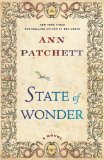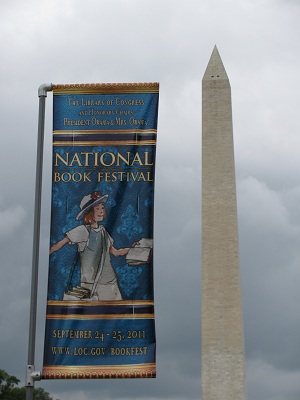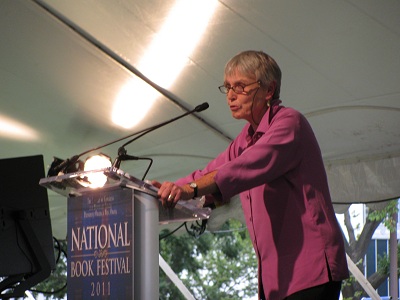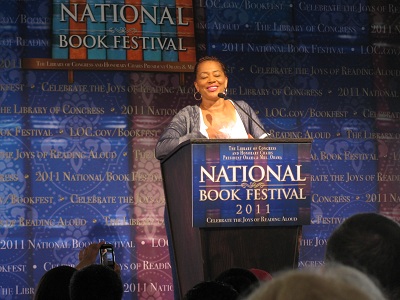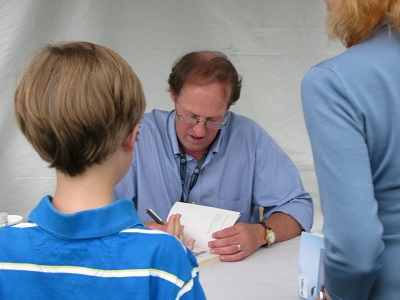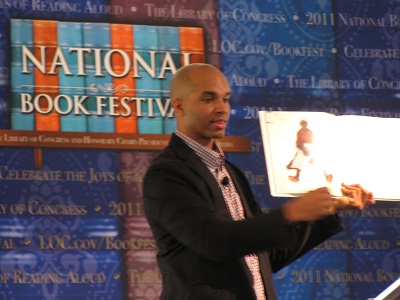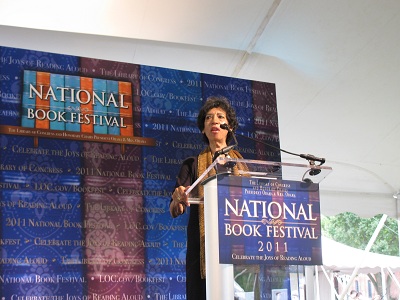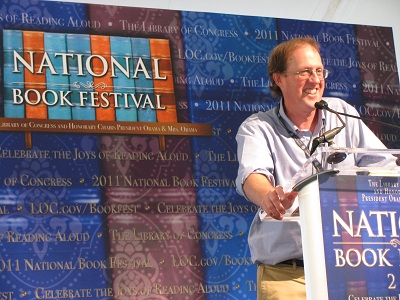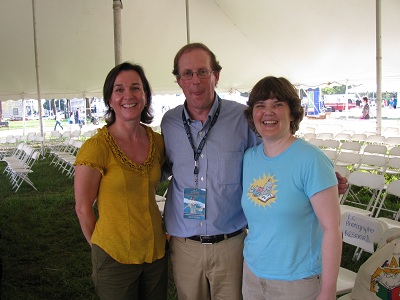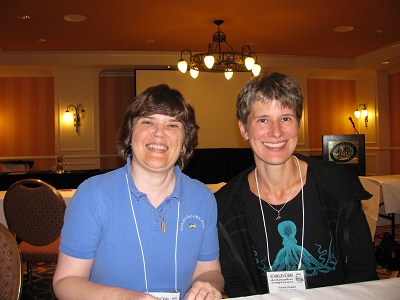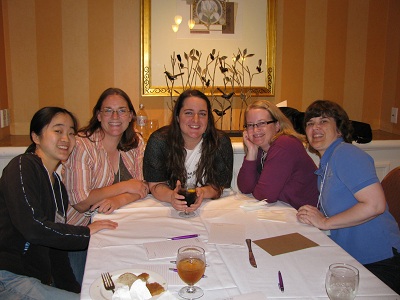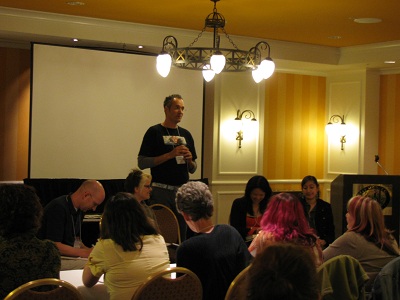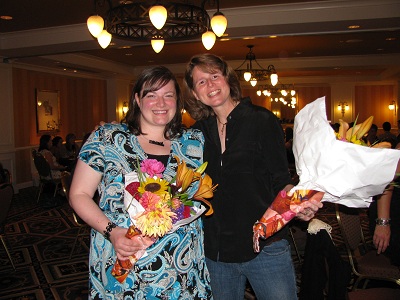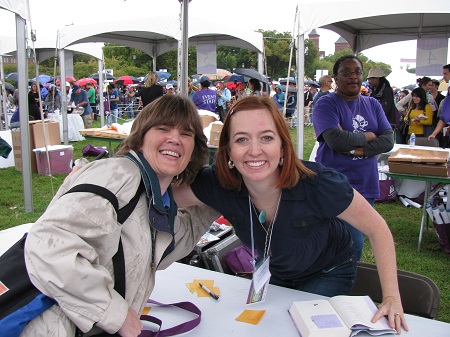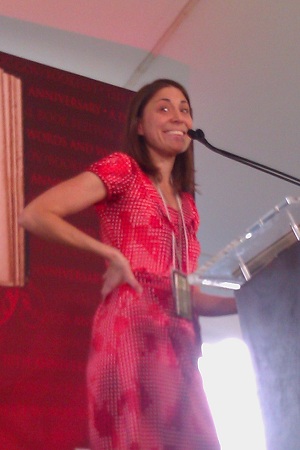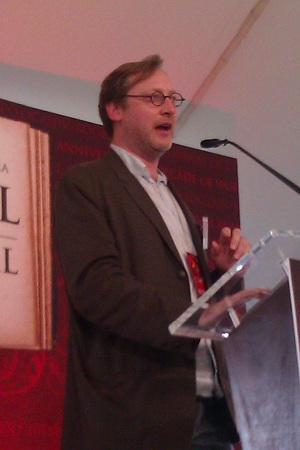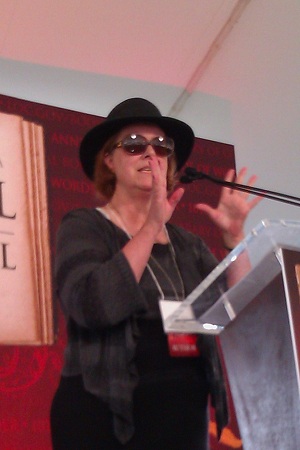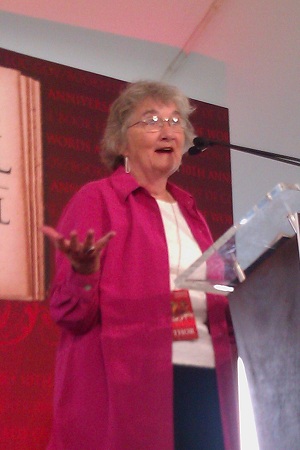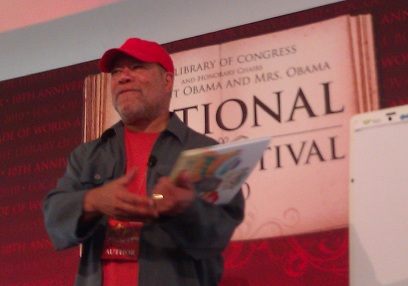Picture Book Month and NaNoWriMo
Poor November! When people decide they should use a month to honor something, to do something, or just to get ready for December, they seem to pick November.
It’s already got that fabulous holiday Thanksgiving, and Veteran’s Day as well — almost the only holiday left that hasn’t gotten pushed to Monday, and thus the one it’s common for schools not to celebrate. My son’s school doesn’t. Instead they have this coming Monday and Tuesday off (when I will have to work) for teacher work days at the end of first quarter.
Even FlyLady, who is so wonderful about teaching you are not behind; you do not need to catch up, has you already preparing for Christmas in November.
Now, one I can really support is Picture Book Month. Their website is going to feature a post by a picture book author every day of the month — definitely worth checking out! In a related story, this manifesto written by several picture book authors is positively awesome! I would love to post a picture book review every day of November, but, alas! There are so many other things going on…
Like NaNoWriMo. NaNoWriMo is a fabulous idea that has really taken off. It’s a challenge for writers everywhere to write 50,000 words of a new novel in the month of November. And since everyone’s doing it together, you can post your wordcount online and encourage one another.
I love the idea of NaNoWriMo. I wish someone had thought of it back before I worked full-time. I thought I’d give it a go this year. It seemed perfect, since I’m at a good place to start a new novel, and that’s one of the requirements. However, there are some problems for me.
1. I’m in this for the long haul; I want a sustainable goal.
It looks like I could get the 50,000 words written in 30 days if I were willing to spend two hours per day. I could probably spend two hours a day if I were willing to let everything else go — no blog posts, no reading, no hiking, no cleaning, no game-playing, no “fluff” whatsoever. Then when the month was over I could crash in relief and try to put my life back together. I greatly prefer the goal from the book The Weekend Novelist to write — and revise — your novel in a year. Then you’re actually done at the end of the process, not just with a big fat pile of words that needs to be pruned.
2. I’ve always preferred time goals to quantity goals.
I’ve memorized large quantities of Scripture in my life, and I fully believe that the key is that I set my goals by time not quantity. Some passages are harder to learn than others, so if you set a goal of a certain number of verses, you have no idea how long that will take, and you might have trouble meeting your goal. So with writing. The phrase “Writing is rewriting” is so old, it’s a truism. Using a word count goal doesn’t give you any credit when you cut an entire page and then write it better and shorter. I also find I write much better if I spend a little time planning — writing about my writing. But a word count goal doesn’t take that into account. For the last couple years, I’ve been semi-consistently writing at least a half-hour every day. If I don’t worry about quantity, that seems to go very well.
3. I would prefer to have the novel all done in a year than have the first draft finished in a big messy pile in a month and then be tired of it.
With these things in mind, here are my writing goals, in order of priority, for the upcoming month and onward:
1. Get enough SLEEP!
I had a stroke three months ago. And I was healing nicely when a couple of weeks ago I had a setback and was back to feeling light-headed whenever I stand or walk for more than a minute or so. The fact is, I need to get enough sleep if I’m going to function. I would really like to stop taking Sick Leave, though that may mean that some days I will have to go straight to bed after work. That has got to be my first priority, and is a big part of why I’m not going to do NaNoWriMo by the group rules.
2. Send one query per week to agents about my completed young adult novel, The Mystical Mantle.
If I get an offer for representation on this novel or any sort of request for revision, then it will be time to drop the new novel and work on getting my already-written book published. Whether it’s the middle of NaNoWriMo or not.
3. Spend at least 30 minutes per day writing the first draft of my new novel.
But this time can include planning. At this rate, I will hope to finish the first draft by February or March, but it’s fine whenever it happens. My goal will be to WRITE it. I will hope to completely finish it by the end of 2012. By that time, if I haven’t yet sold The Mystical Mantle, it will be time to market the new book.
4. Finish posting reviews of all the books I’ve read in 2011 before the end of the year.
This is one of the things I’m not willing to give up in order to blitz NaNoWriMo. I just got caught up writing the reviews, but I’m still quite a bit behind on posting them.
5. Finish posting about my vacation and other trips on my Sonderjourneys blog.
My last post was the middle of vacation, and I still haven’t blogged about the awesome wedding with ALL 12 of my brothers and sisters and me there.
So, I think I’ll still post my word count on the NaNoWriMo site, because I am starting a new first draft of a novel. But I’m not going to be daunted when November ends and I haven’t finished. Like I said, I’m in this for the long haul. I’m going to write another book. This new one will be my fourth book and my third novel, and I am determined to finish it. I am determined to cultivate a lifestyle of being a writer, not just a one-month sprinter.
Here goes! Write on!
